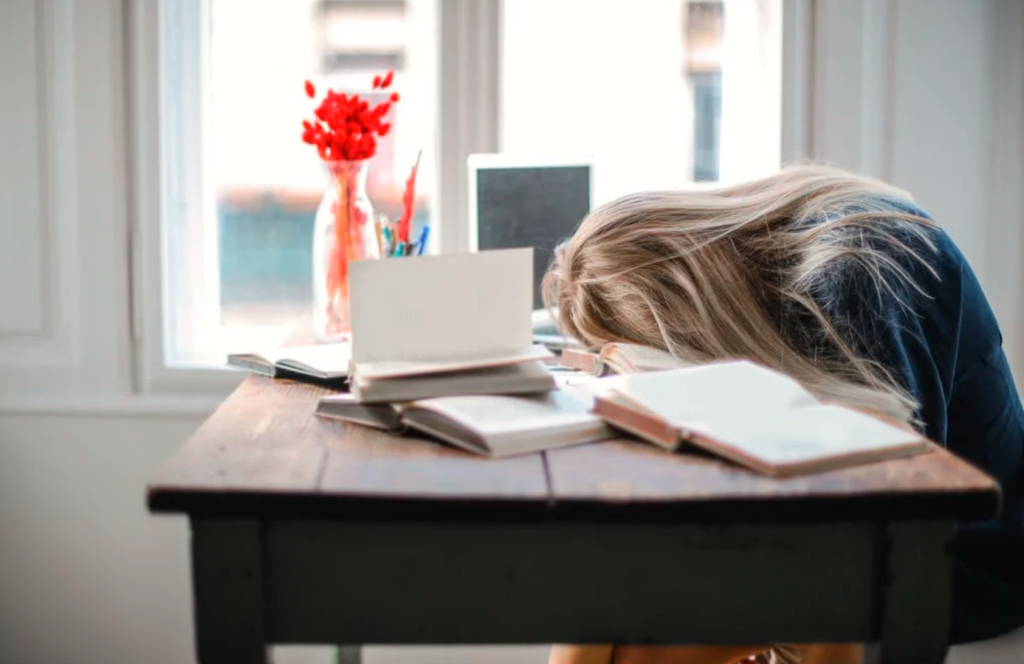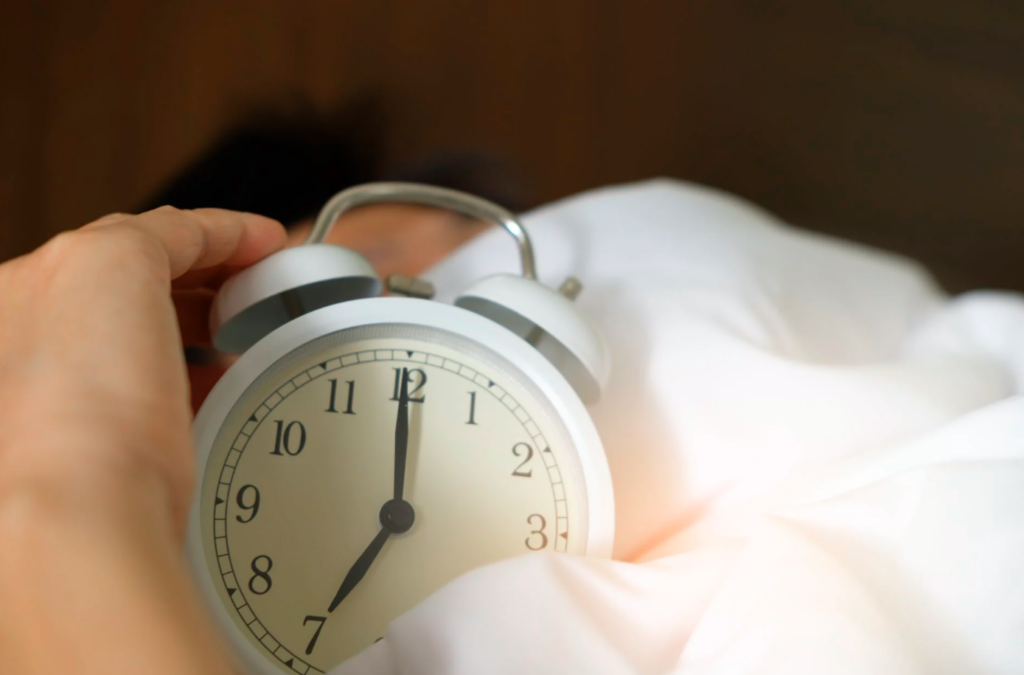Delayed sleep phase syndrome it’s a disorder of sleep time that occurs when a person’s circadian rhythms (sleep or wake cycle) delay from the typical day-night process. More or less, fifteen percent of adolescents, 15-35 years of age, suffer from DSPS the most. People with DSPS are like “night-owls”; they usually go to bed in the early morning hours, from 2:00 am-5:00 am and wake up later in the morning, from 9:00 am-1:00 pm.
If you have DSPS, you can’t maintain your sleeping cycle in a normal circadian rhythm. Usually, your sleep gets delayed by at least two hours.
Unless you have other sleep disorders, such as sleep apnea or insomnia, you may sleep well when you fall asleep. Still, this problem might interfere with your daily activities, such as your working schedules, school, classes, and other daily routines. This write-up tells you the signs of DSPS and the causes of it so that you can have a healthy sleep routine.
Signs of DSPS
- Difficulties in falling asleep
Everyone tries to sleep on time to wake up on time to maintain all the daily work getting proper time. But people with DSPS face chronic inability to fall asleep; this is the main sign of having DSPS. Even if you worked hard the whole day and got super tired, DSPS makes it hard to fall asleep as the delay of your internal clock guides your body to stay alert.
- Difficulties in waking up in the morning
As you can’t sleep until several hours after midnight, the sleeping clock gets interrupted. Even if you try to wake up usually, it gets hard for you. With DSPS, You might sleep very well into the late morning or afternoon.
- Sleepiness in daytime
During the day, you might find it challenging to focus and pay attention. You might feel sleepy and tired the whole day.
- Depression and anxiety

Most people who have experienced depression and anxiety know that sleep problems often accompany it. Teenagers who suffer from DSPS can’t maintain their daily routines. Sometimes they miss class exams; as a result, they can’t get a good result, and their academic performances get poor. It causes depression, stress, and anxiety. It affects their behaviors too.
- Addicted to
DSPS can also depend on caffeine, alcohol, or sedatives.
Causes of DSPS
There are different reasons for different cases of having DSPS. Sometimes it comes by the gene from parents or any close relative who has DSPS. Moreover, 40% of people have a family history who got DSPS from their own family. Poor sleeping habits, chronic insomnia, depression, anxiety, psychological and neurological disorders, changes after puberty, and so on.
- Practises for getting rid of this disorder
DSPS is often misdiagnosed. Sometimes many people with DSPS force themselves to be in a routine. You have to try constantly.

- Advancing your internal clock
You may go to bed about 15 minutes earlier than before each day. You may also wake up a bit earlier each day. For example, you usually go to bed at 12:30 am. Then the next day, you will go to bed at 12:15 am and continue this trick. It can help to advance your internal sleeping clock.
- Delaying your internal clock
Also known as chronotherapy, this method involves delaying your bedtime by 1 to 2.5 hours every six days. Repeatedly this practice should have to be maintained until you can follow a regular sleep schedule.
- Bright light therapy
Exposure to natural sunlight daily can be another solution. Natural light therapy improves our mood and sleep cycles better, and it’s linked to our brain chemicals.
- Improving sleep hygiene
Develop a nighttime routine, try to do some relaxing meditations before going to bed, consistent your bedtime, and avoid electronics as much as possible before bedtime.
- Avoid taking stimulants
Don’t use stimulants like caffeine, tobacco, and nicotine before bed. Avoid alcohol. Sometimes alcohol helps to fall asleep, but it’s harmful to our health.
- Doing vigorous exercise
The best and most helpful trick for improving sleep quality is regular exercise for about thirty minutes every day or five days a week.
You must adhere to any treatment and lifestyle changes that your doctor recommends. Sleep hygiene, light therapy, and resetting your sleep schedule can be long-term solutions. However, it’s essential to stick to these routines to ensure the best outcome.


















